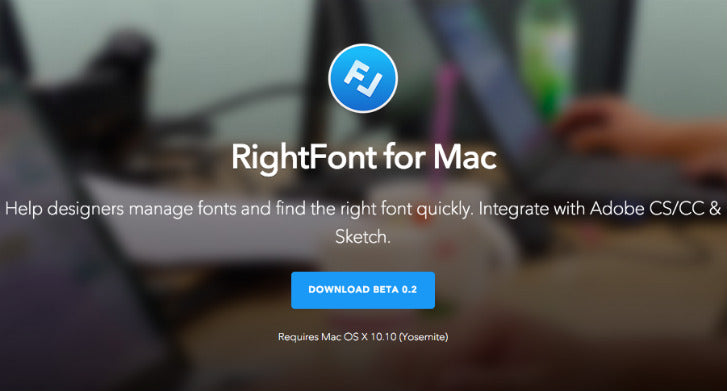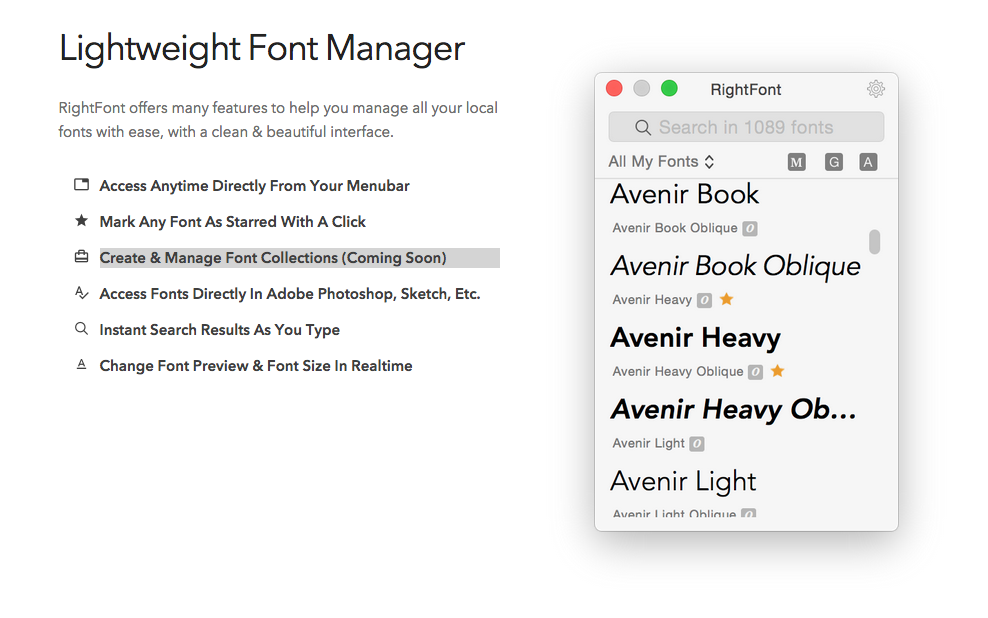

In design, you can maintain an optimal number of characters per line by restricting the width of your text blocks. Overall, the consensus is that around the 66-character limit per line is golden. However, many experts and designers argue that the optimal number is up to 75 characters.
RIGHTFONT HELPING DESIGNER MANUAL
There are some discussions about the optimal number of characters per line length.Īccording to Emil Ruder in “ Typographie: A Manual of Design,” the optimum length for a body of text is between 50–60 characters, including spaces. If the text is too narrow, the eye has to travel back and forth rapidly, breaking a reader’s rhythm and encouraging them to skip lines. If a body of text has too many characters and becomes too wide, the user will have trouble focussing on the text and finding the beginning or end of a line. Rather than letting the design dictate the characters, your main priority should always be legibility. What is the optimal line length?Īnother critical component of readability is having the correct number of characters on each line. To further understand typography and the importance of fonts in UI, let’s examine some key terms. Let us handle all the typography for you so you can spend more time creating game-changing designs. If the thought of fonts and typography has left you a nervous wreck, The Designership’s Shipfaster UI - Figma design system & UI kit will be your saving grace. How your font translates and adapts between smaller screens, larger screens, devices, light or dark modes, and even languages will affect how users interact with your design. Typography has to look good and be easy to read, but it also has to work well with the technical aspects of your design. For example, if the tracking between characters is too high, or worse, too low, even the most well-written block of text is suddenly rendered useless. Misalignment, incorrect line length or hierarchy, and poor contrast affect readability. Your choice of font affects the readability of a text in several ways. It’s all about spacing words and sentences to allow the user to easily interpret and understand content in a way that makes sense. Readability refers to how words and blocks of text are arranged in a design. If someone cannot discern between an 0 and an O, or if they’re squinting trying to read a line of text, then it’s a clear sign of incorrect typography. Legibility is everything, and choosing the right font will significantly impact the overall user experience of your mobile apps.

Legibility refers to how well one individual letter or character can be distinguished from another in a typeface. The rule of thumb for a good UI font is legibility, readability, and usability.

Needless to say, choosing the right font is a lot of pressure. You need to be able to anticipate the user's thoughts and emotions, then take steps in your design to solve them. That’s why understanding human psychology is a critical component of UX/UI design. Even if they can’t pinpoint why, stakeholders, clients, and users alike may subconsciously know there’s something not-quite-right with your design. Lousy typography is easy to spot, even for non-design-oriented users. Even a slightly misaligned header will repel a user instantly or leave them feeling a little uneasy about the entire experience. Unfortunately, using the wrong font has the opposite effect. It can communicate more to a user in a single glance than a wall of text or branding ever could while keeping them engaged. The right font choice can work wonders for any design. Without a doubt, fonts are one of the most critical elements in UI design. There’s no denying it-bad typography sticks out.


 0 kommentar(er)
0 kommentar(er)
